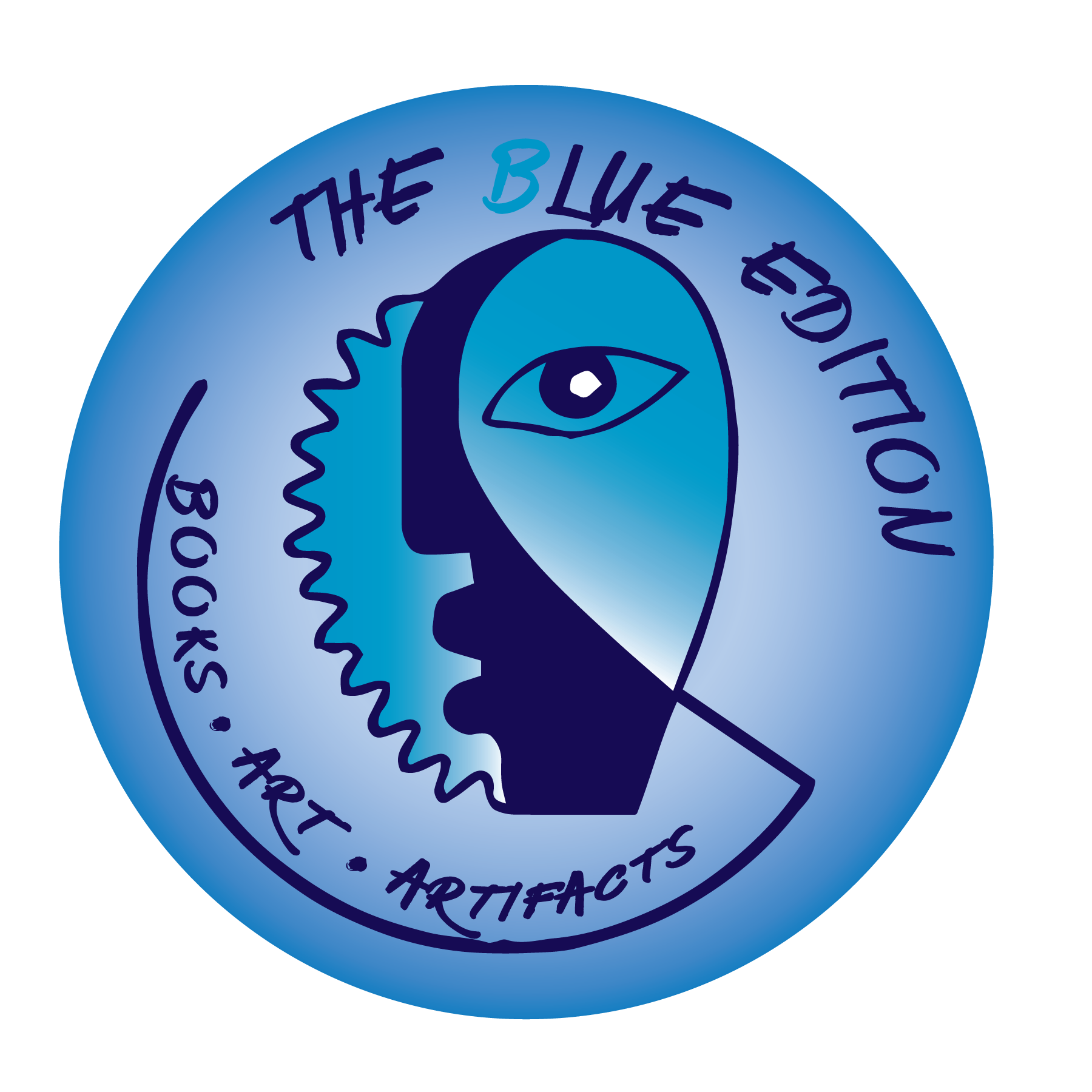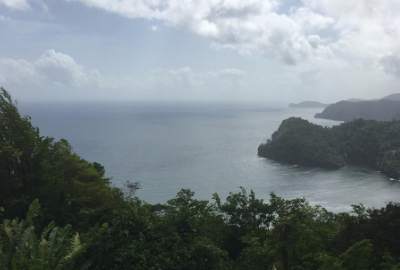First Peoples Facts
- The terms ‘Caribs’ and ‘Arawaks’ were bestowed on indigenous persons by colonial powers. These terms had negative meanings. For example, Carib meant cannibal. Continued use of this terminology can be demeaning, resulting in at least, low self-esteem and or worse, self-hatred or dissociation from an individual’s indigenous heritage. Indigenous people are named after their nations/ tribes. Some nations are Chaima, Nepuyo, Lokono, Karina and Warao.
- An important indigenous figure is Haburi. He is known as the maker of the first canoe and is regarded by persons of Warao descent as their ancestor-hero.
- Chief Baucanar is an indigenous resistance hero who, in the 1530s, prevented Antonio Sedeño and his Spanish troop from settling in his present-day Mucurapo village. After a 3-year battle, on August 27th 1534, Sedeño finally conceded defeat and departed the island.
- The Day of Recognition is on October 14th. This date holds special meaning as in 1637 Hyarima, who was a Nepuyo Chief, drove out Spanish colonists by partnering with the Dutch military that resided in Tobago. The attack resulted in the burning down of San José (St. Joseph) and the retreat of the surviving colonists to South America.
- On May 25th 1993, a Hyarima statue, sculpted by Selwyn Borneo, was unveiled in accordance with the United Nations’ International Year of the World’s Indigenous Peoples. The arts, whether it is music, art, literature, dance or architecture, ensure that the creator and the subject are immortalised. In this vein, Selwyn Borneo’s name and talent, and Hyarima’s historic battle will be preserved for future generations to educate themselves. It also gives recognition to the presence of indigenous persons and their role in our country’s history.
- The observance of a one-off public holiday in 2017 for indigenous peoples is a stepping stone towards achieving the recognition and equality that the community deserves.

